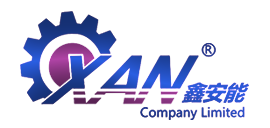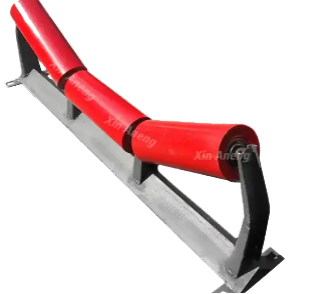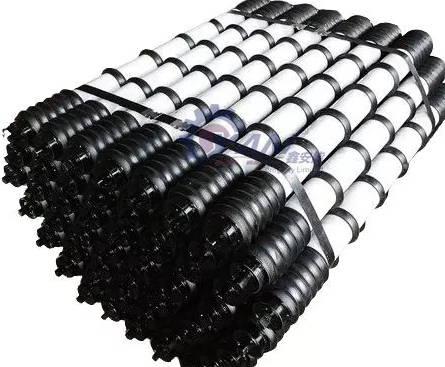
Types Idlers are important components of belt conveyors, with many types and quantities. Its function is to support the belt, reduce the running resistance of the belt, and keep the verticality of the belt within a certain limit to ensure the smooth operation of the belt.

According to their uses, rollers are classified into aligning rollers, buffer rollers, trough rollers and parallel rollers. The function of the self-aligning roller is to correct the deviation of the belt conveyor. Usually, a rotary trough-shaped self-aligning roller is installed on the heavy-load section of the conveyor, and a parallel self-aligning roller is installed on the unloaded section. The buffer roller is applied to the tail frame according to the actual situation. When receiving materials, it can reduce the impact of the material on the belt, which is beneficial to the service life of the long belt. The trough roller generally consists of two side rollers and a flat roller. The trough angle is generally 30 degrees. For a detachable belt conveyor, the three rollers of the trough roller are hinged to each other, so Called articulated roller. The parallel roller is generally a long roller, which is installed at the lower end that bears pressure, so it is called the lower roller.
The material of rollers is divided into two types: steel and plastic rollers. There are three types of bearing seats for rollers: cast iron, steel plate stamping, and phenolic plastic.
The seals of the rollers are divided into steel and plastic. Their seals are filled with grease internally. The quality of the rollers directly affects the power consumption of the belt conveyor and the life of the belt. Therefore, reliable dust sealing and good lubrication are important usage standards.
The rollers account for 35% of the total cost of a belt conveyor and generate more than 70% of the resistance, so the quality of the rollers is particularly important.
Standard
The impact of the radial runout of the idler on the belt conveyor: within the range of the runout specified by the state, the belt conveyor can be kept running smoothly, otherwise the belt conveyor will vibrate resonantly, causing material to be thrown and the environment to be polluted. The higher the speed, the smaller the radial runout is. The amount specified in my country's national standard is 0.7 mm, and the amount specified in the Japanese JIS standard is 0.5 mm.

The impact of roller flexibility on belt conveyor: During the operation of the belt conveyor, the flexibility of the roller is very important. If the flexibility of the roller is not good and the rotation resistance coefficient is high, the entire belt conveyor system will It requires more power, consumes more electricity, and sometimes causes the tape to tear, the motor to burn out, and in more serious cases, it can cause a fire. Therefore, selecting rollers with low rotational resistance coefficient (preferably less than 0.020) is an important part of the design and selection of belt conveyors.
The impact of axial movement on belt conveyors: my country's belt conveyor manufacturing technology is becoming more and more advanced.But axial movement is still a subject that needs to be focused on, because my country's tape manufacturing technology and belt conveyor installation technology are still at par with the world. There is a big gap between advanced countries, and the belt often deviates. If the axial movement of the roller is large, it will cause early damage to the roller. Generally, it is better to control the axial movement within 0.5-0.7 mm.
There are five other criteria for judging the quality of rollers:
1. Dust-proof performance of rollers
2. Waterproof performance of roller
3. Axial load-bearing performance of rollers
4. Impact resistance of rollers
5. Service life of rollers
TradeManager
Skype
VKontakte